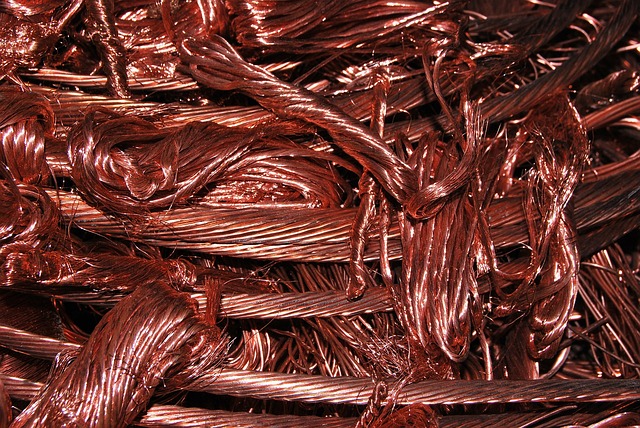If you hear a politician or one of their fanatical followers mouthing off about net zero, the energy transition, or achieving some arbitrary reduction in emissions by a date earlier than, say, 2150 CE or 130 ACE (after the covid era), call bullsh!t. Don’t worry, we’ve got receipts.
They are lying, stupid, perhaps both, or if you lean toward being less bombastic, grossly misinformed, and misguided individuals misled by Marxist corruptocrats. I know, I said less bombastic. Calls for achieving levels of electrification, regardless of whether you believe this is to reduce emissions (whatever those may be), are irrelevant. We are wasting time, money (not nearly enough of it) and energy on something that can never be achieved, even if we dropped wind and solar for nuclear and hydro.
Past installments of Why Net-zero is Impossible focused on inadequate access to rare earth metals and the hypocritical offshoring of emissions to places that extract them. Vermont, for example, would need to cover most of its picturesque landscape to meet its “climate goals” while it is, at the same time, sequestering a third of that space as protected from development. Their plan is to make others sacrifice their space. To emit elsewhere, then claim to be clean and green. A Climate cult gated community safe space with sprawling vistas because they are buying dirty green energy from outside the state.
None of that matters. We’ll never get there from here, so they should stop lying to you and wasting your money.
Not only is there not enough known copper, but even if there were, it could not possibly be mined in time to reach even the least offensive of the target dates proposed.
Replacing today’s 1.35 billion light-duty gasoline and diesel vehicles with EVs and supplying the expanded market (estimated at 2.2 billion cars by 2050) would thus require nearly 150 million tons of additional copper during the next 27 years. That is an equivalent of more than seven years of today’s annual copper extraction for all of the metal’s many industrial and commercial uses…Copper offers a stunning example of these environmental externalities. The metal content of exploited copper ores from Chile, the world’s leading source of the metal, has declined from 1.41 percent in 1999 to 0.6 percent in 2023, and further quality deterioration is inevitable. Using the mean richness of 0.6 percent means that the extraction of additional 600 million tons of metal would require the removal, processing, and deposition of nearly 100 billion tons of waste rock (mining and processing spoils), which is about twice as much as the current annual total of global material extracted including harvested biomass, all fossil fuels, ores and industrial minerals, and all bulk construction materials. Extracting and dumping such enormous masses of waste material exacts a very high energy and environmental price.
That’s just EVs without taking into consideration that we’d have to stop using copper for everything else.
Copper is needed for gold alloys and sterling silver, non-EV motor parts, other wiring, piping, and plumbing, machinery to facilitate heat exchange, roofing, finishes, artwork, public health, food and beverage, and use in any other application would necessarily cease. We would need all of it, and it still wouldn’t get us anywhere near where the experts say we need to be.
Net Zero would also require a host of other transitions.
In terms of final energy uses and specific energy converters, the unfolding transition would have to replace more than 4 terawatts (TW) of electricity-generating capacity now installed in large coal- and gas-fired stations by converting to non-carbon sources; to substitute nearly 1.5 billion combustion (gasoline and diesel) engines in road and off-road vehicles; to convert all agricultural and crop processing machinery (including about 50 million tractors and more than 100 million irrigation pumps) to electric drive or to non-fossil fuels; to find new sources of heat, hot air, and hot water used in a wide variety of industrial processes (from iron smelting and cement and glass making to chemical syntheses and food preservation) that now consume close to 30 percent of all final uses of fossil fuels; to replace more than half a billion natural gas furnaces now heating houses and industrial, institutional, and commercial places with heat pumps or other sources of heat; and to find new ways to power nearly 120,000 merchant fleet vessels (bulk carriers of ores, cement, fertilizers, wood and grain, and container ships, the largest one with capacities of some 24,000 units, now running mostly on heavy fuel oil and diesel fuel) and nearly 25,000 active jetliners that form the foundation of global long-distance transportation (fueled by kerosene)… On the face of it, and even without performing any informed technical and economic analyses, this seems to be an impossible task …
At present, no amount of math makes building our way into the proposed energy transition possible. We lack the material or know how to get there. There aren’t enough rare earth metals or copper to get us there, which means there isn’t enough material to replace all of that if we could when it wears out.
Net-Zero is a dead end unless its purpose is something else (which we know it is). Any politician unwilling to admit it is impossible or unwilling to admit other motivations will need your help finding another hobby or occupation. And here’s the rub: It makes no difference if you believe CO2 or any other man-made emission is manipulating the climate. The math doesn’t work.
This is not the path and staying on it is wasting time and money. So get off it.
